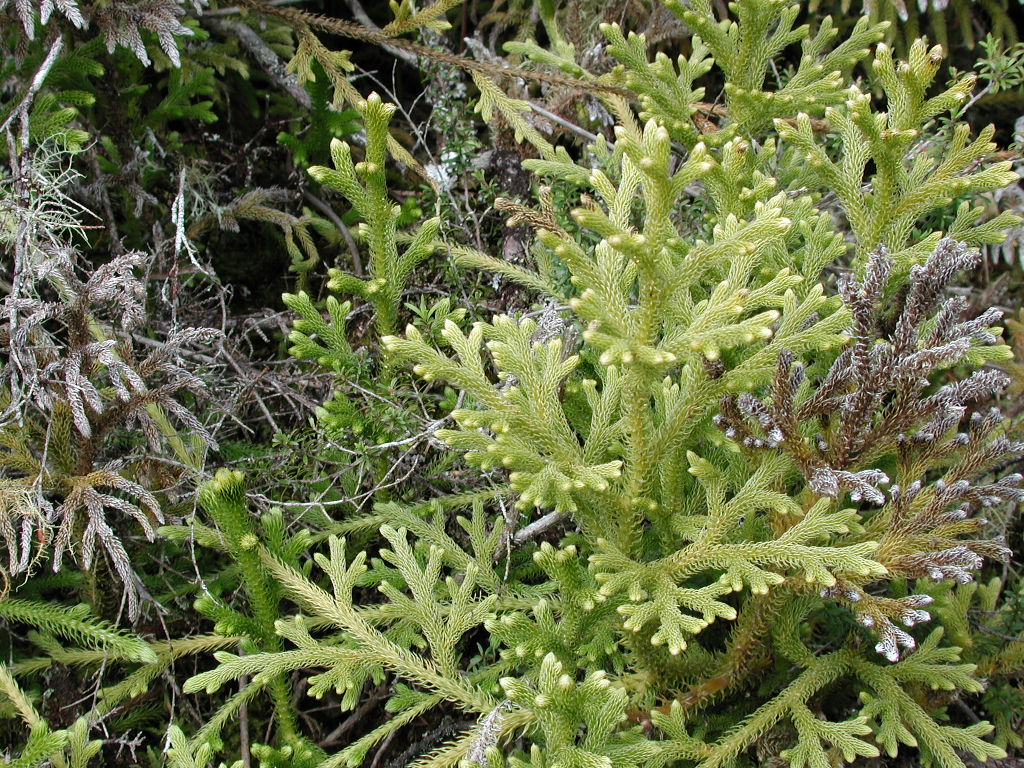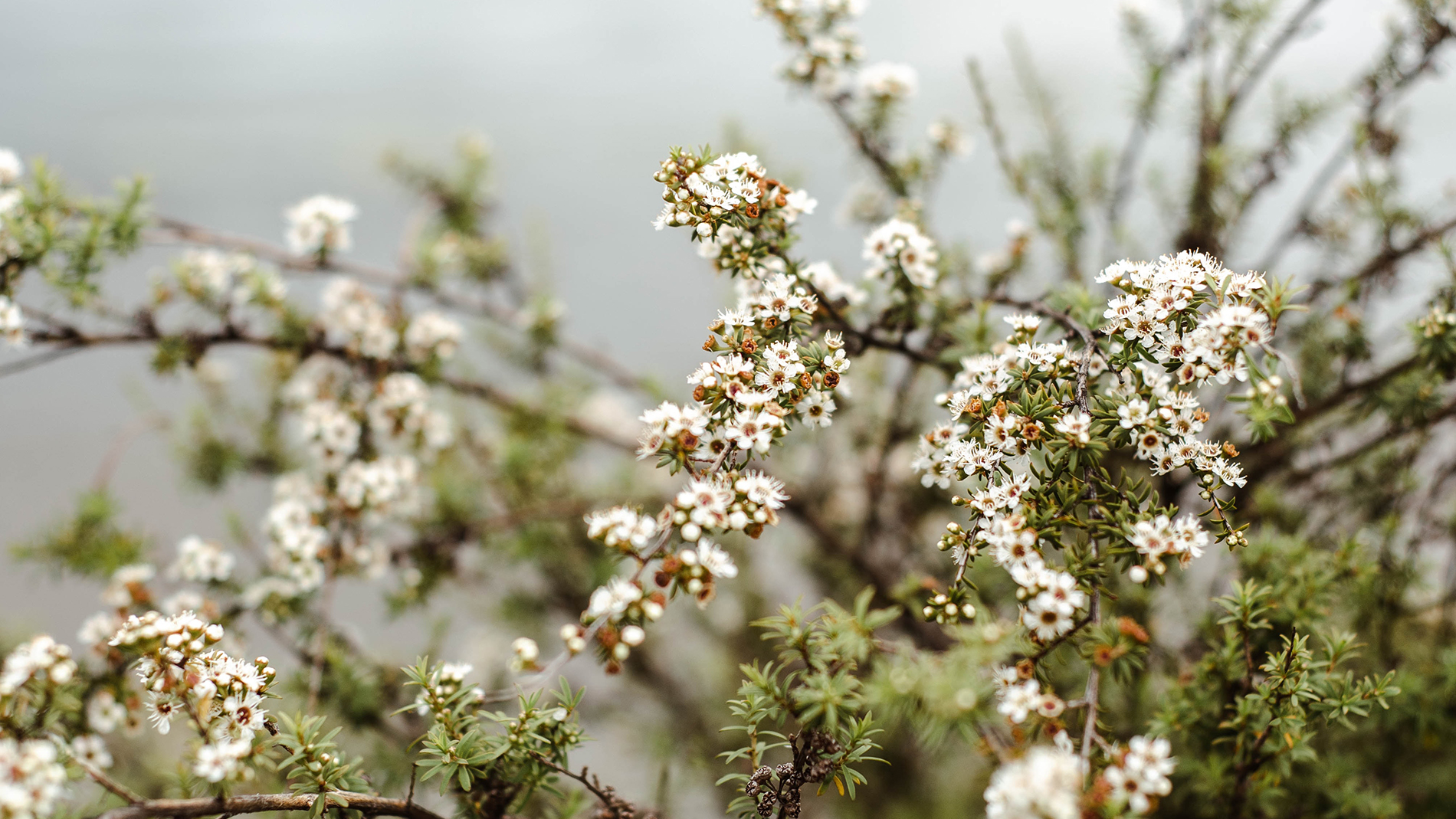 Arching clubmoss growing in a geothermal area in New Zealand.
Arching clubmoss growing in a geothermal area in New Zealand.
They're tough!
Our geothermal areas are home to distinct and unique collections of plants, animals and micro-organisms. Some of these species are very valuable to science because of their adaptations to extreme temperatures and toxic environments.
The plants, animals and micro-organisms that live in geothermal areas must be able to survive extremes of:
- temperature
- acidity and alkalinity
- turbidity
- toxicity.
Many species found in geothermal areas are specially adapted to flourish in the hostile conditions. Some of them are endemic to our geothermal areas.
- The extremely acidic waters (pH 2.2) of Lake Rotokawa are home to a specially adapted leech.
- A midge endemic to the alpine geothermal area of Ketetahi springs is believed to have unique characteristics.
- A species of kanuka is one of the few plants that grow on the acidic warm ground of geothermal areas. The height of specimens is inversely related to the soil temperature.
Other species that are usually found only in warmer climates can also survive in the high soil temperatures found in geothermal areas.
Some geothermal areas are home to rare tropical ferns and orchids that grow nowhere else in New Zealand.
Rare geckos and skinks have been sighted in geothermal areas.
Geothermal micro-organisms
The micro-organisms found in geothermal water are believed to be closely related to the first organisms on earth.
They are known as extremophiles because of their ability to survive in extreme conditions, and are being studied by NASA scientists seeking to find out if life could exist on other planets. DNA analysis, a multi-billion dollar industry world-wide, is only possible with the use of a microbe discovered in Yellowstone National Park, U.S.A.
Overseas and local scientists harvest samples of the micro-organisms and grow them in laboratory conditions in order to study them for potential use in many applications including:
- detergents
- medicines
- food products
- the mining of precious metals
- paint strippers
- oil-spill recovery.
The micro-organisms can also be used as catalysts in industrial processes. The United States Department of Energy uses New Zealand micro-organisms to break down crude oil into petroleum products.
What’s happening
There were few studies on the plants, animals and micro-organisms living in geothermal areas before people started developing those areas. So little is known about the extent, uniqueness and diversity of the living things that were found in pristine geothermal areas.
Geothermal ecosystems are often extremely fragile. Relatively small changes in the water level, water composition and temperature can be catastrophic.
The extent of native geothermal vegetation has declined since 1840. This has been caused by changes in overlying land use and the extraction of geothermal energy.
Prior to European settlement the Waikato region was covered in native vegetation, but now only 26 percent of our region remains in native vegetation.
Protecting our precious geothermal ecosystems
There are only approximately 1016 ha of geothermal ecosystems in the Waikato region including geothermal water, terrestrial vegetation, geothermally influenced bare ground and emergent wetland. This equates to only 0.04 per cent of the region's land area. Most of this habitat is found in scattered areas of a few hectares, many with unique characteristics.
These areas have been surveyed by Waikato Regional Council. At each site the vegetation was described, threats noted and management recommendations made.
Sites were also assessed for how significant they were. One site, Te Kopia, was identified as internationally significant. Another, Waiotapu was identified as mostly international but partly regionally significant.
The ground overlying the Te Kopia geothermal field is already legally protected as part of Te Kopia scenic reserve and is managed by the Department of Conservation. Wilding pines are present at Te Kopia and need to be controlled to protect the native vegetation.
Waiotapu is the field with the largest area of surface geothermal activity in New Zealand. Nearly a quarter of the region’s geothermal vegetation is found in this one field. Like Te Kopia, parts of the Waiotapu field are also already legally protected and managed by the Māori landowners.

